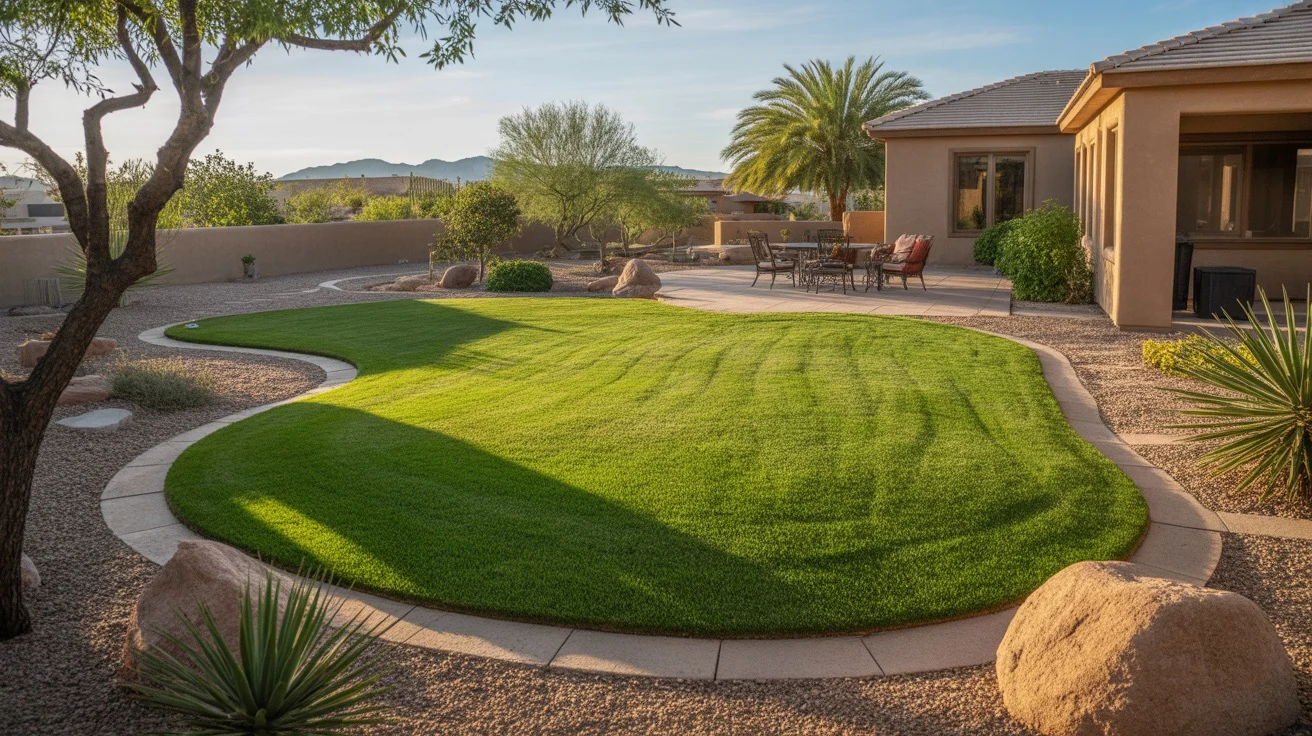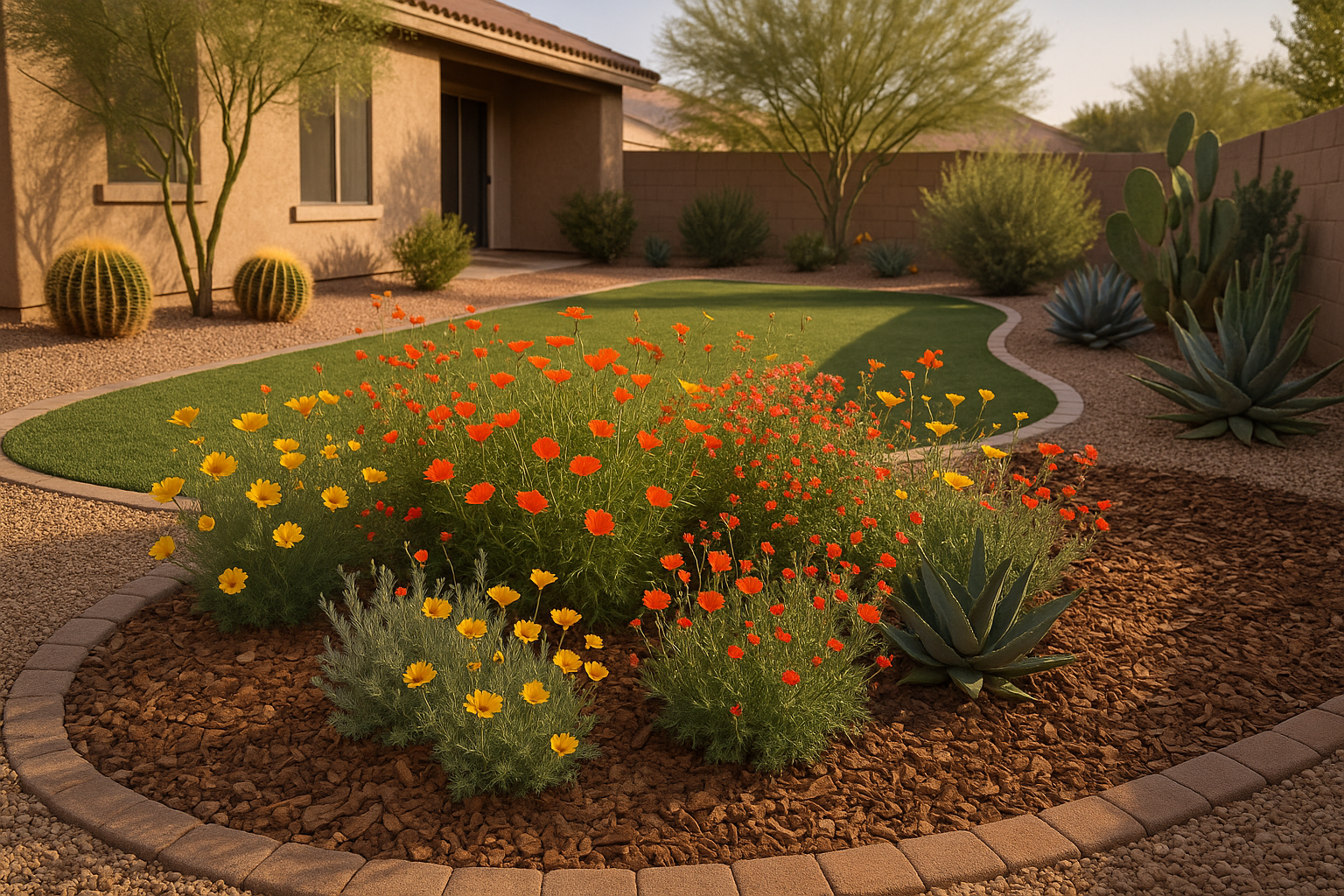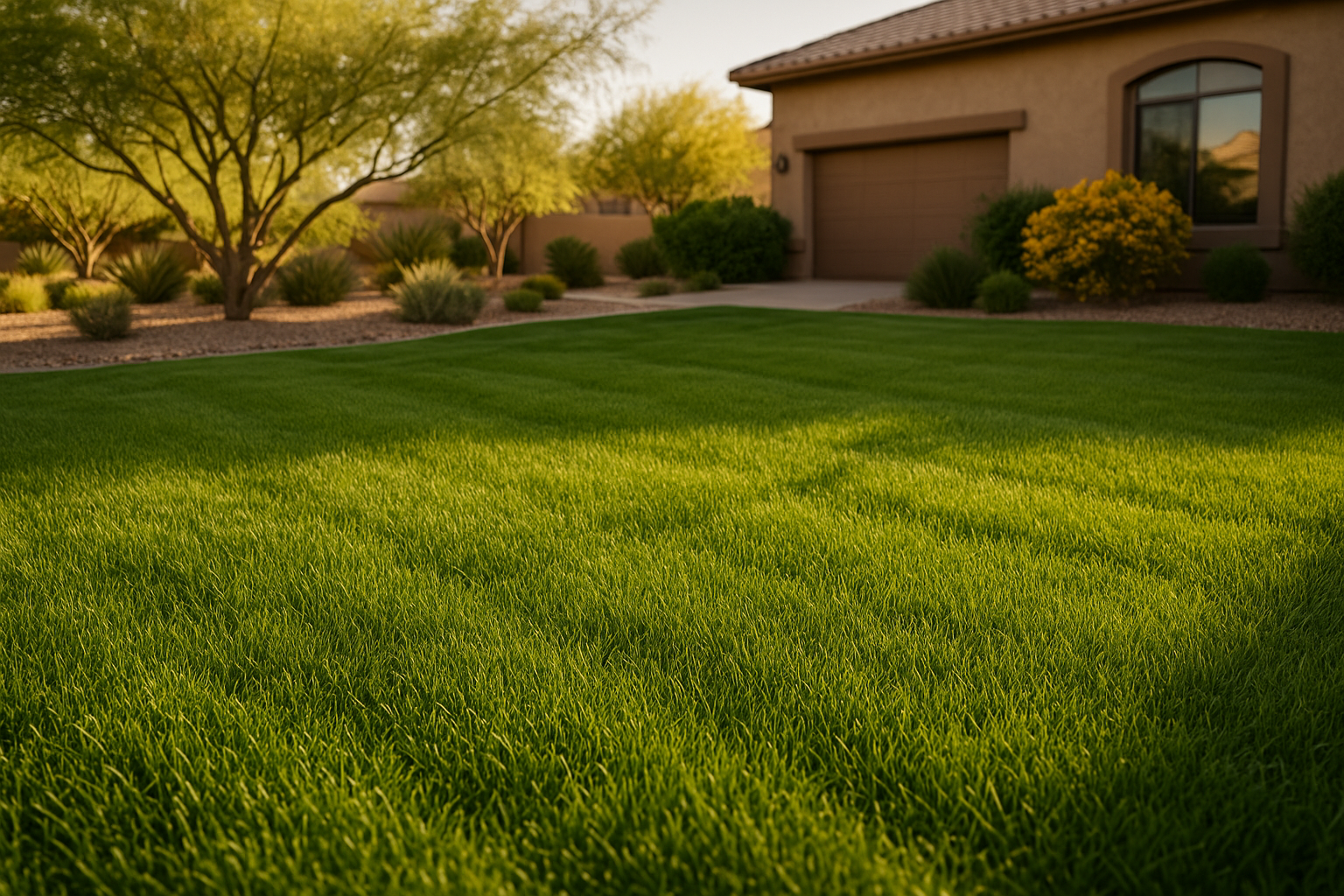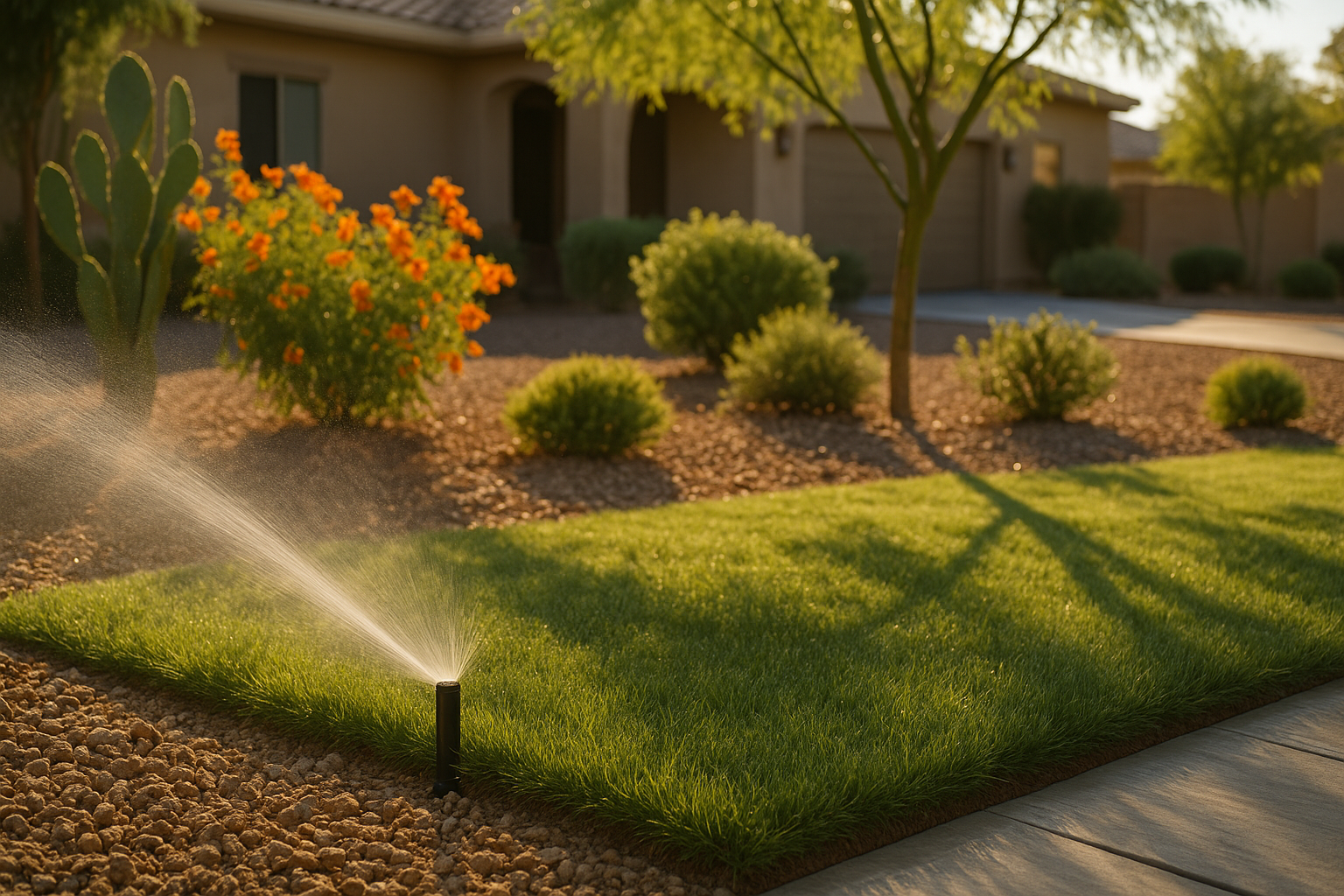Rugged Resilience: Trading Your Thirsty Lawn for Drought-Tolerant Alternatives
As Queen Creek residents face the challenges of drought and water restrictions, many are rethinking the traditional grass lawn. While lush turf grass may be a suburban ideal, it’s often impractical and unsustainable in our desert climate. Fortunately, there are many attractive, low-water lawn alternatives that can help you create a beautiful and resilient yard … Read more










